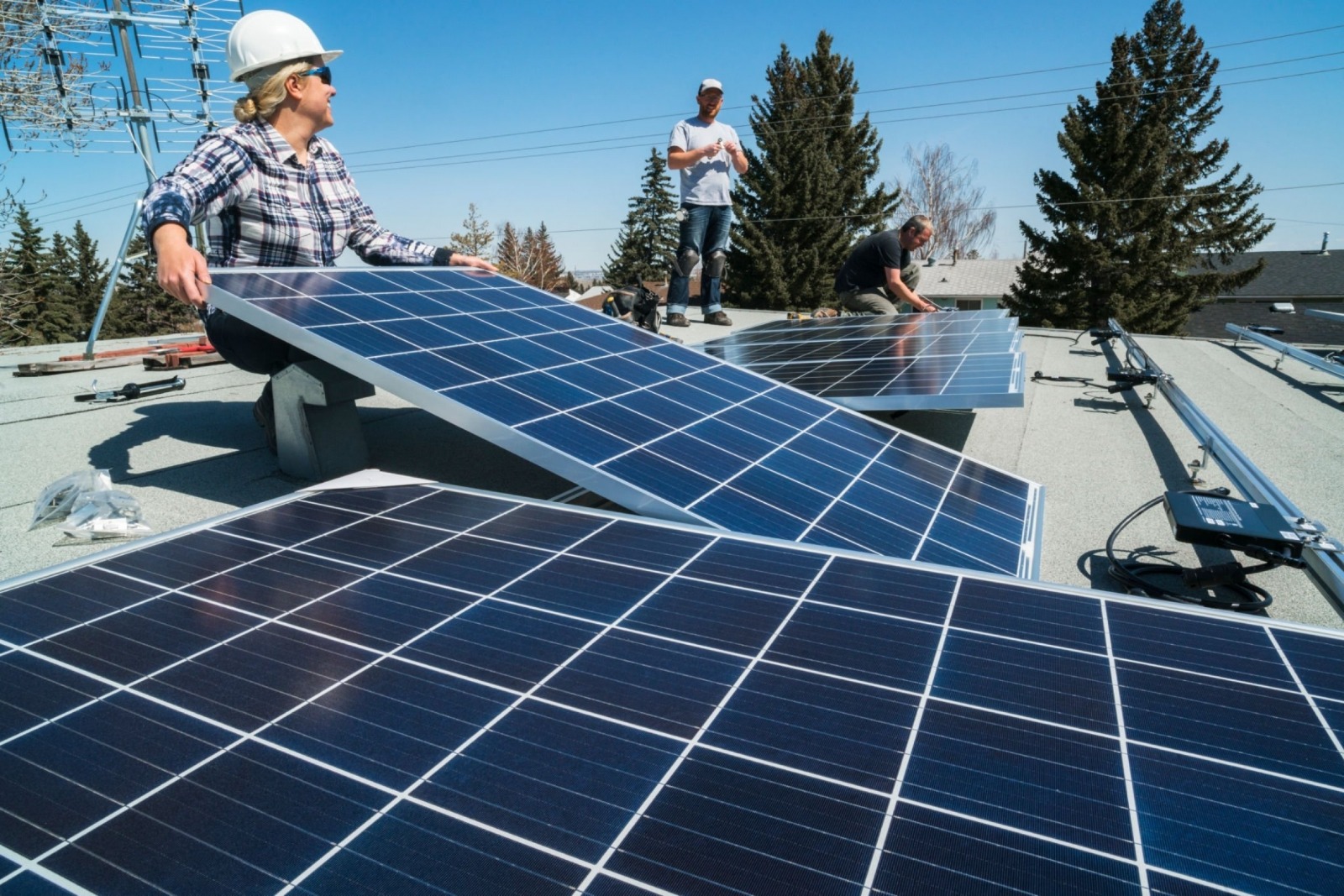The solar industry is booming, and there are a few reasons why it shouldn’t be. Recently, renewable energy sources such as solar power have been gaining so much aware that many countries are committing to large-scale expenditures toward green technology.
What do these countries hope to gain from spending billions on this new way of escalating their electricity production? Solar manufacturing involves the production of solar panels, which are made up of photovoltaic (PV) cells.
PV cells convert sunlight into electricity, making them a crucial component in solar power systems. Solar power systems are changing the way the world gets and uses electricity.
Solar Power is a clean alternative to fossil fuels such as coal, natural gas, and oil. Solar power does not emit greenhouse gases, which are known to contribute to global warming. On a large scale, solar energy could significantly reduce greenhouse gas emissions around the world, decreasing the effects of global climate change.
Fossil fuel consumption can greatly be reduced by increasing use of solar energy as well as investing in other alternative energy sources such as wind power. In contrast with fossil fuels, solar energy is completely renewable and never runs out. It is estimated that the sun has had enough power to meet global energy demand for over one million years.
To explore how solar manufacturing takes place, the scientific process of how solar panels generate electricity must be understood. Solar panels are made up of several PV cells arranged together to form a single panel.
The PV cells consist of semiconductor materials called “photovoltaic” materials, which produce electricity when exposed to light. Photovoltaic materials include silicon and its alloys, cadmium telluride, and amorphous thin-film silicon on glass.
 The following is a general overview of the solar manufacturing process:
The following is a general overview of the solar manufacturing process:
Silicon Ingot Production: The first step is to produce silicon ingots. Silicon is a key component of PV cells, and ingots are formed by melting high-purity silicon and then slowly cooling it into a solid block. These ingots are then sliced into wafers.
Wafer Production: The wafers are then polished to create a smooth and flat surface, and then a series of steps are taken to add electrical contacts, anti-reflective coating, and other layers that help increase efficiency.
Cell Assembly: PV cells are then assembled by laying the wafers into rows and connecting them with conductive wire. The cells are then sealed in a weatherproof casing, and electrical connections are added.
Module Assembly: Finally, the PV cells are mounted onto a frame to create a solar panel. Multiple panels can be connected together to form a solar array, which can generate enough electricity to power homes or businesses.
Due to the production of solar panels being relatively labour-intensive, manufacturing costs tend to be at least twice as high as those of conventional silicon-based solar cells.
However, these costs should decrease over time with mass production and technological advancements. Solar power also has a higher initial investment than fossil fuels. However, solar energy can save money in the long run because it is cheaper than fossil fuels over time.
In addition, one does not need to buy new solar arrays when more energy is needed because there is no limit to the amount of sunlight available for use by solar systems.



